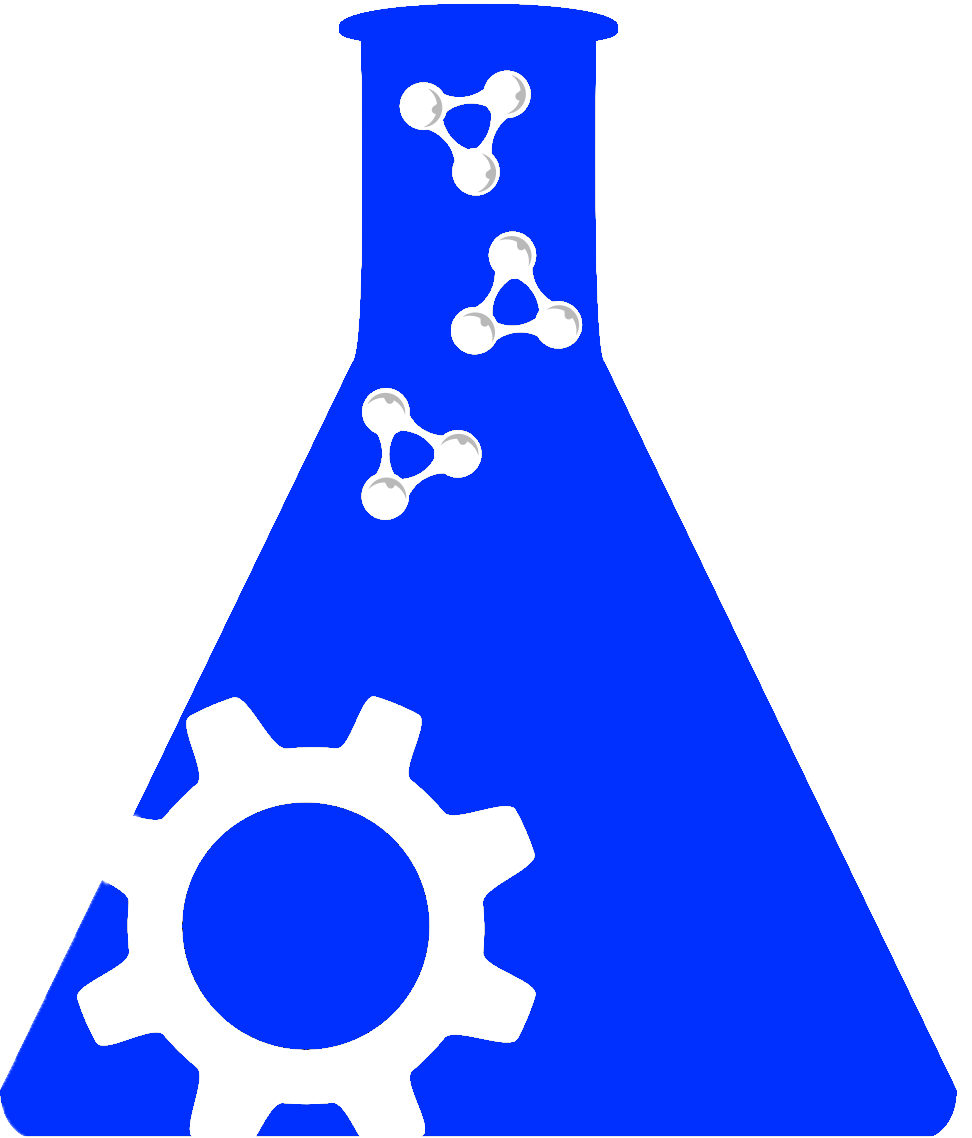Searching across hundreds of databases

Are you sure you want to leave this community? Leaving the community will revoke any permissions you have been granted in this community.
Proper Citation: NIH Toolbox 4-Meter Walk Gait Speed Test (RRID:SCR_003632)
Description: Assessment test to measure gait speed where participants are asked to walk a short distance (4 meters) at their usual pace. Participants complete one practice and then two timed trials. Raw scores are recorded as the time in seconds required to walk 4 meters on each of the two trials, with the better trial used for scoring. The 4-Meter Walk Gait Speed Test is adapted from the 4-meter walk test in the Short Physical Performance Battery. The test takes approximately 3 minutes to administer (including instructions and practice). This test is recommended for ages 7-85.
Synonyms: 4-Meter Walk Gait Speed Test
Resource Type: assessment test provider, material resource
Keywords: motor, locomotion, gait, speed
Expand Allhas parent organization |
NIH Toolbox - Assessment of Neurological and Behavioral Function |
We found {{ ctrl2.mentions.total_count }} mentions in open access literature.
We have not found any literature mentions for this resource.
We are searching literature mentions for this resource.
Most recent articles:
{{ mention._source.dc.creators[0].familyName }} {{ mention._source.dc.creators[0].initials }}, et al. ({{ mention._source.dc.publicationYear }}) {{ mention._source.dc.title }} {{ mention._source.dc.publishers[0].name }}, {{ mention._source.dc.publishers[0].volume }}({{ mention._source.dc.publishers[0].issue }}), {{ mention._source.dc.publishers[0].pagination }}. (PMID:{{ mention._id.replace('PMID:', '') }})
A list of researchers who have used the resource and an author search tool

A list of researchers who have used the resource and an author search tool. This is available for resources that have literature mentions.
No rating or validation information has been found for NIH Toolbox 4-Meter Walk Gait Speed Test.
No alerts have been found for NIH Toolbox 4-Meter Walk Gait Speed Test.
Source: SciCrunch Registry